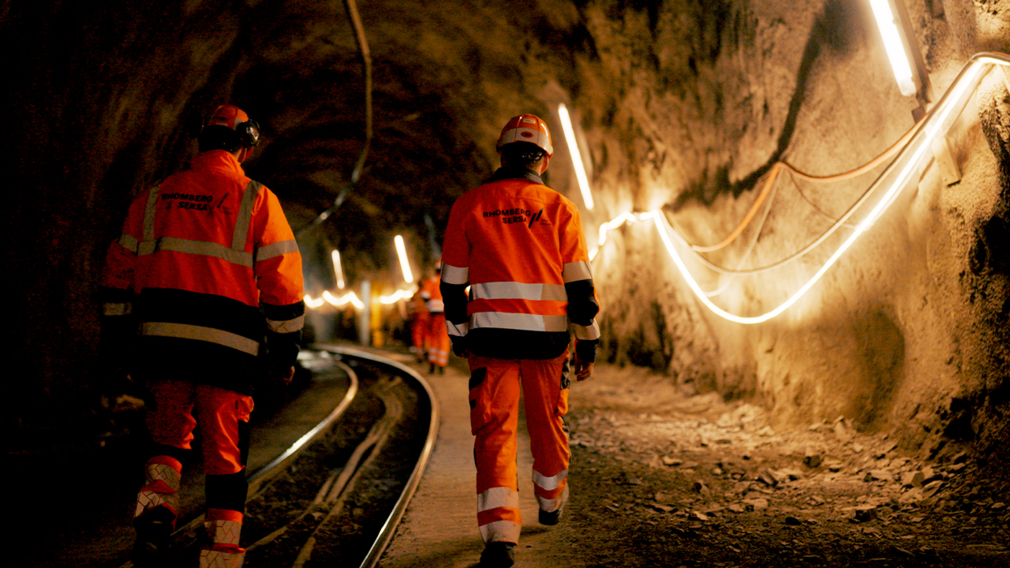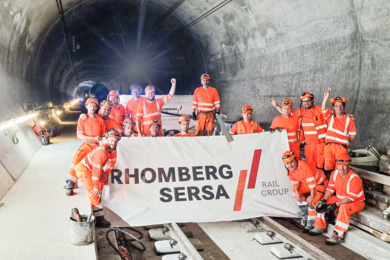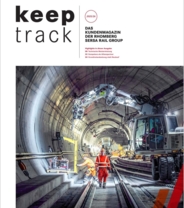RSRG is refurbishing the 670-metre-long Toua Tunnel in the canton of Graubünden.
Located at the heart of the UNESCO World Heritage Albula Line in Switzerland, the Toua Tunnel sits at an altitude of 1,680 metres and is inaccessible during winter. Many know the line from the world-famous Glacier Express and Bernina Express.
As part of the Rhaetian Railway’s (RhB’s) longterm renewal programme, this helical tunnel is being refurbished using the “standard tunnel construction method” developed by the RhB. RSRG has already completed two of five modernised tunnels along this line – the Toua Tunnel is now the third.
Most RhB tunnels were built around 1900. Over time, water, ice and geological conditions have taken their toll. The aim of the refurbishment is to preserve the structure while modernising the tunnel from a technical standpoint.
Refurbishment using the RhB standard construction method
The original tunnel portals are carefully dismantled stone by stone and reconstructed in the original style. The tunnel cross-section is enlarged by about one metre, and the invert is lowered and fitted with RhB-type slab track. The upgrade also includes improved drainage, new utility conduits and a lit handrail along the escape route.
All construction work takes place exclusively at night to ensure uninterrupted train service during the day. As soon as the last train passes through the tunnel, blasting begins, bringing down around 120 m³ of rock onto the tracks. The debris is then cleared and the exposed rock face secured. In parallel, drainage systems are installed and segmental lining elements are fitted using specialised equipment to ensure a watertight seal.
The portal areas remain visually unchanged. A certified heritage architect oversees the work to maintain the historic appearance of the structure.
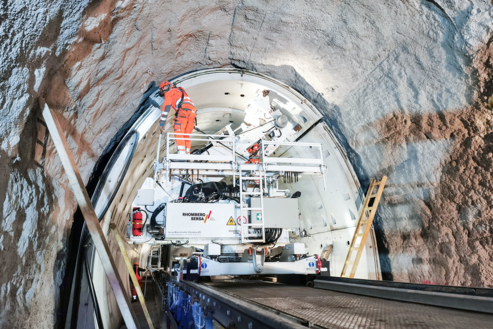
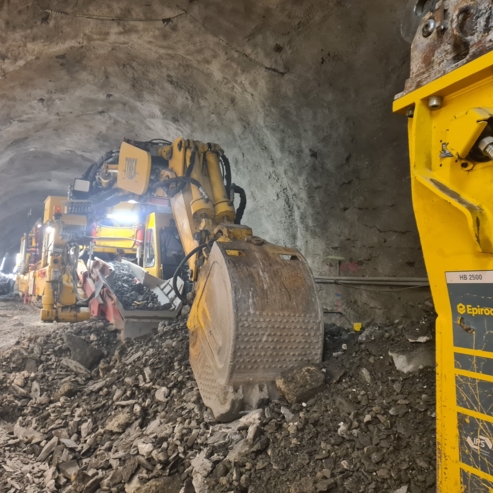
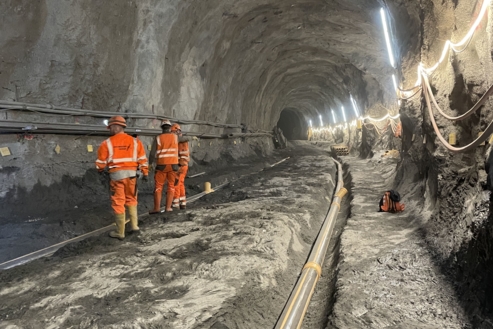
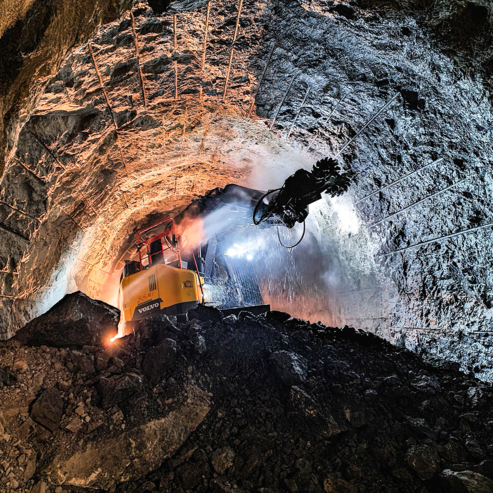
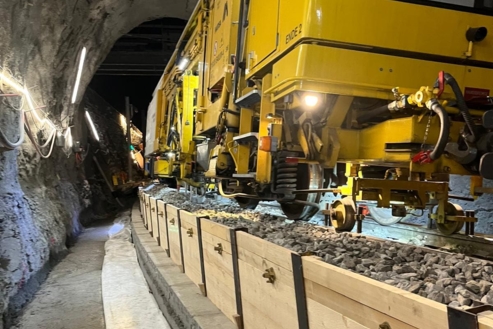
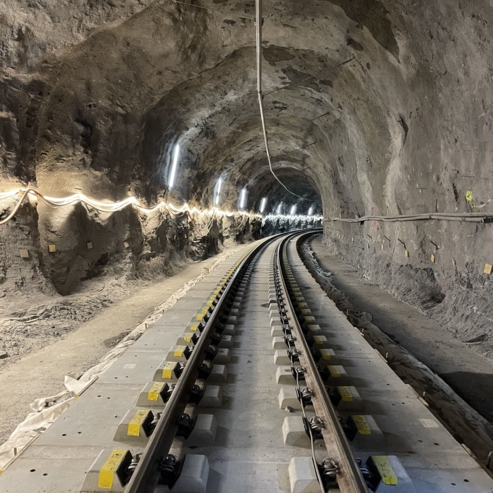
Efficient execution and sustainable construction methods
Track renewal is being carried out during three full line closures between 2024 and 2026. The Tyrex system is used to sustainably load and remove ballast and excavated material.
Due to the tunnel’s difficult access, construction equipment is maintained in an on-site workshop to ensure smooth night-time operations since any breakdown would have serious consequences for train service on the Albula line.
Digital Rail Services (DRS), RSRG’s in-house digital team, is supporting the construction crew with the WebGIS tool Maps of RSRG, which combines geodata and layout plans with high-resolution aerial images (drone footage). This centralised digital data pool reduces the need for field inspections during planning, enables resource-efficient planning of site setup and access, and supports documentation and evidence collection.
This internal collaboration across the group maximises synergies and ensures efficient implementation and sustainable construction practices.
Night shift in the Touatunnel
